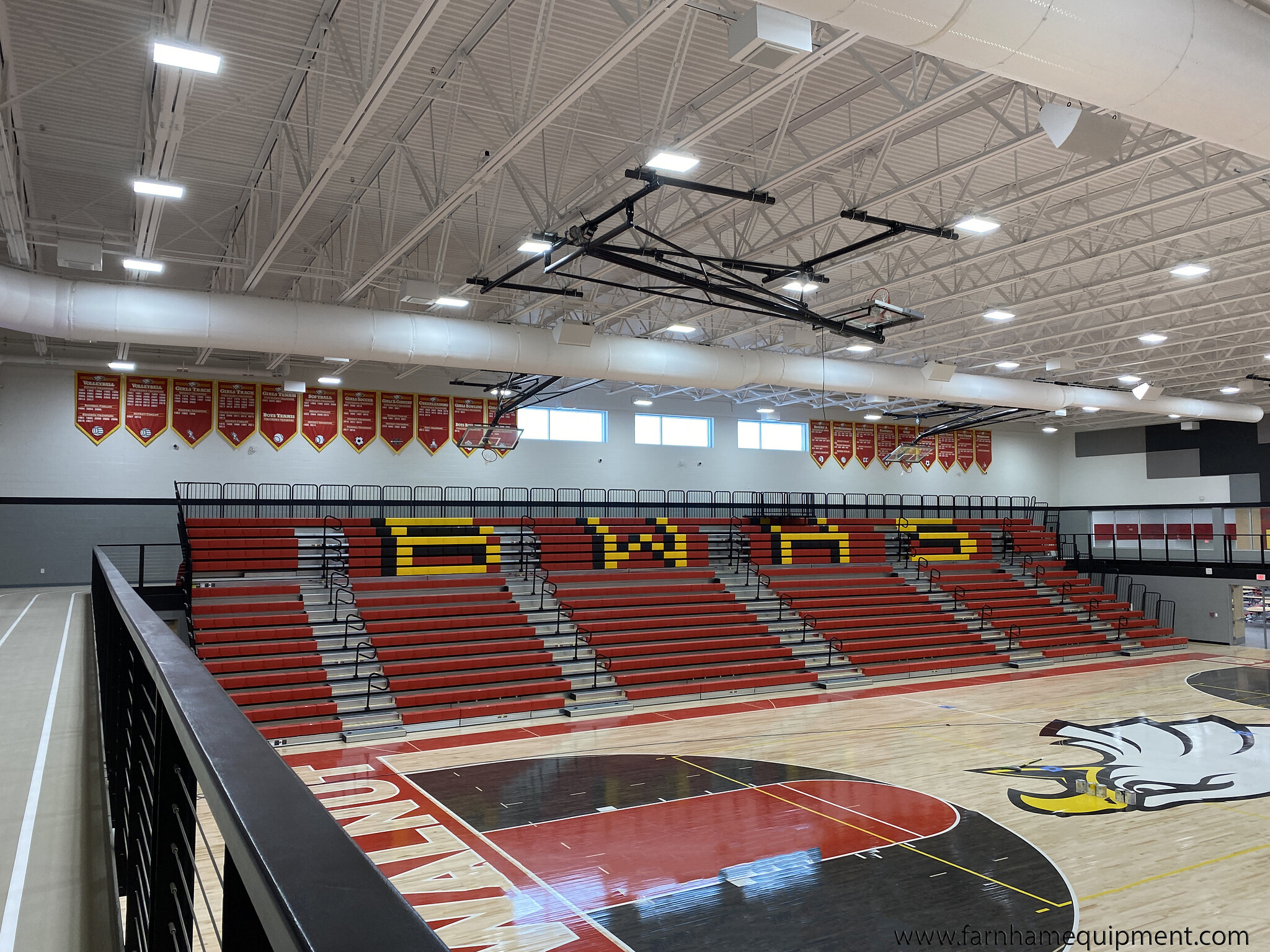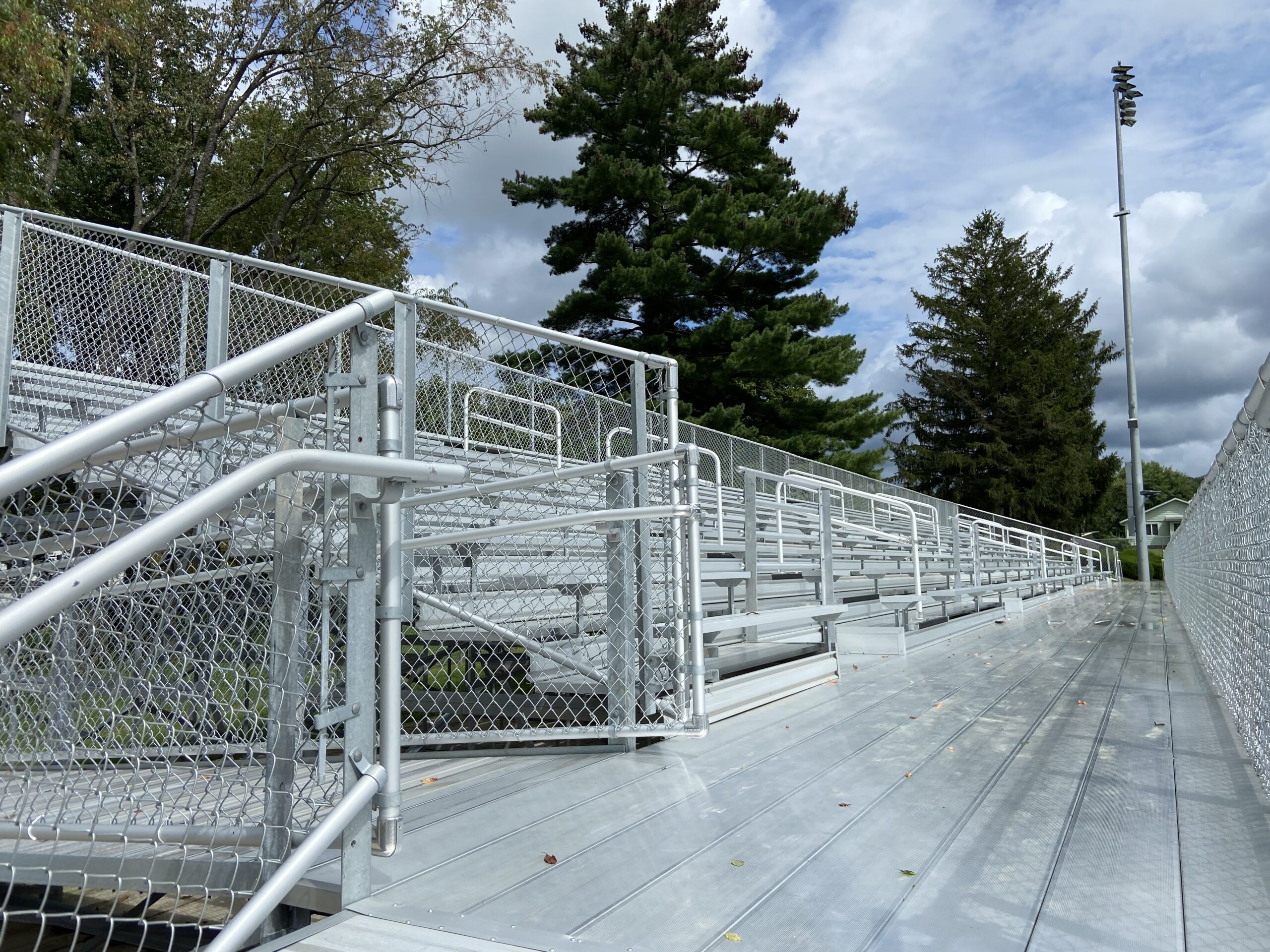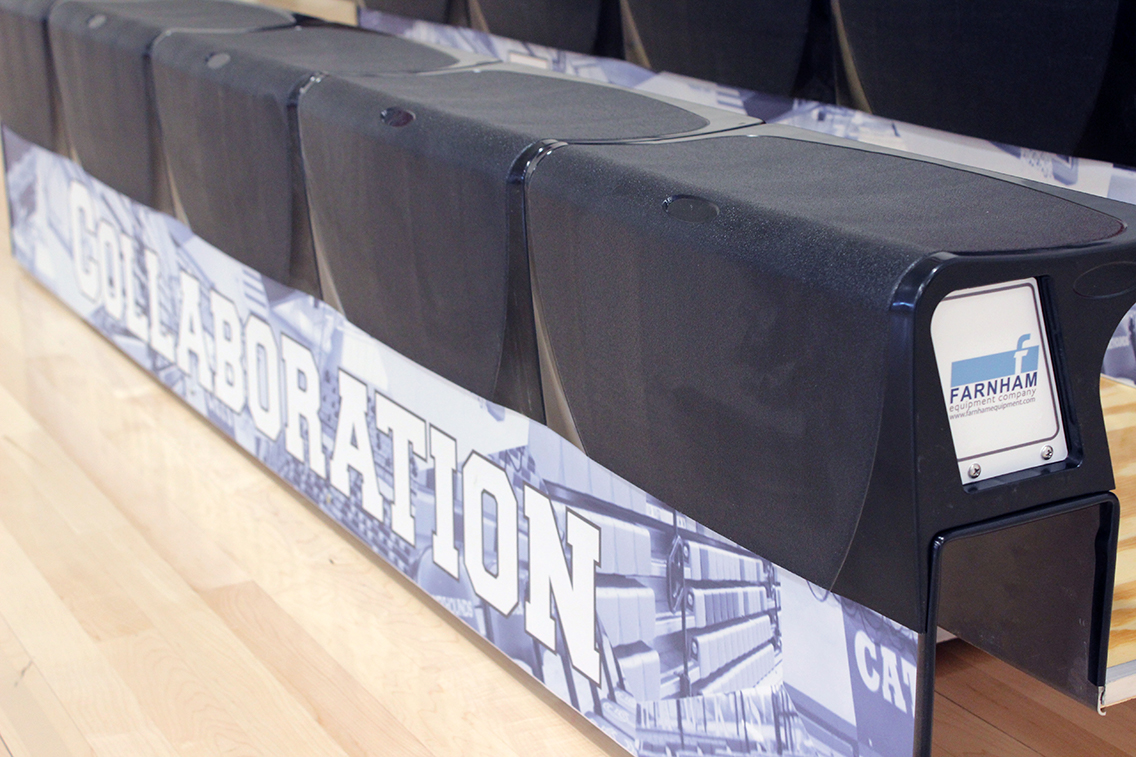Who is grandfathered in? Actually, the term “grandfathered” isn’t used in the ICC 300-2012, rather a facility meets code requirements or it does not. However, there are some code requirements that reference new facilities and some that reference existing facilities. The best place to start is the beginning, so looking at Chapter 1, Application and Administration, we’re reminded why this standard, or codes, is in place:
“101.1 Purpose. The purpose of this standard is to establish the minimum requirements to safeguard public health, safety, and general welfare through structural strength, means of egress facilities, stability and safety to life and property relative to the construction, alteration, repair, operation and maintenance of new and existing temporary and permanent bench bleachers, folding and telescopic seating and grandstands….”
Section 102 Applicability states:
“102.1 Applicability. The construction of new temporary and permanent bleachers, folding and telescopic seating and grandstands shall comply with Chapters 1-4. Existing temporary and permanent installations shall comply with Chapters 1, 2, and 5…”
Side note: Chapter 2 lists definitions of words referenced throughout the code.
When discussing new facilities, under Chapter 3, Construction:
“301.1 General. The construction or installation of new bleachers, folding and telescopic seating, and grand stands and press boxes shall comply with the provisions of this chapter.”
The rest of the chapter then discusses, Permitted Materials, Structural Design, Interior Installations, Spaces Beneath Seats, Clear Height, Roof Height, Electrical, Fire Protection, Accessibility, and Open Spaces Beneath Footboards and Seatboards.
In addition Chapter 4, Egress states:
“401.1 General. The means of egress for new bleachers, folding and telescopic seating, and grandstands shall comply with this chapter.”
This chapter includes: Travel, Occupant Load, General Means of Egress, Aisles, Aisle Stairs, Aisle Accessways, Guards, and Handrails.
It’s not until Chapter 5 that we get to “Existing Bleachers, Folding and Telescopic Seating and Grandstands.” Notice, it doesn’t say grandfathered, it says, “Existing.”
“501.1 General. Existing bleachers, folding and telescopic seating, and grandstands that exist prior to the adoption of this standard shall comply with this chapter and the applicable provisions of Chapter 1.”
You’ll notice in this chapter, that it doesn’t say that “your bleachers were built in 1970, so you are free and clear from revised codes.” What it does do is point out that you still need to have an annual inspection “to evaluate compliance with the manufacturer’s installation and operational instructions…” It also points out:
“501.4 Alterations. Alterations to any tiered seating shall conform with the requirements of this standard for new construction. Portions of the structure not altered and not affected by the alteration are not required to comply with the requirements in this standard for a new structure.”
This is where it might get confusing. For example, your bleachers were installed new in 1980, they didn’t have aisleways. You decide, that for the safety of your patrons, you need to incorporate aisleways into your bleacher unit. You then have to go Chapters 1-4 to make sure you’re in compliance regarding aisleways, accessways, aisle rails, and proper egress.
Then, there are some sections in Chapter 5 that reference required upgrades such as section 503 Guards which includes 503.2 Opening Limitations which brings you back to the 4-inch sphere requirements.
Chapter 5 also acknowledges Seating Relocation:
“505.1 Relocating existing bleachers. Relocating existing bleachers to a new location shall be permitted provided the existing bleacher complies with Sections 303.7, 304, 306, 307, 308 and 310 and Chapter 5.”
The important thing to remember is that the code requirements were not put into place to be a nuisance and increase budgets. The code requirements are in place to keep you, your patrons, and your students safe. Many bleacher related accidents we see across the media could very well be avoided if close attention was being made to code compliance, inspections, and properly upgraded seating units.
Up next… Part 4: The Why Factor



0 Comments